
With the arrival of Spring just a few days away, it seems that all of GOD’s creatures are anxious to enjoy some time outside welcoming warmer weather. I realize that most people, including myself, are not overly fond of snakes, but they ARE one of GOD’s creatures also waiting on warm weather, and we should be prepared at some point to encounter a snake on a hiking trail.
When we decide to hit the hiking trails, we must realize that we are now entering the snake’s home. While we may not care for them, we need to respect them and learn how to handle an encounter with a snake while on a hike. This article is not intended to scare you or give you second thoughts about hiking in nature at all. In fact, my intention is just the opposite – to help you be alert and prepared to handle any run-in you may happen to have with a snake.
The first thing we should be aware of is that snakes are not out to get us, nor are they lying in wait for us to come in contact with them. They want to avoid us just as much as we want to avoid them. A snake will not deliberately try to attack us – they will only strike if they are startled, threatened, or backed in a corner.
Snakes do not actually hibernate during the winter. Instead, they go into a state of brumation, when their metabolism slows down. During periods of warm weather during the Fall and Winter months, they may come out of brumation to go in search of food, then when the temperature drops again, go right back into brumation until emerging when Spring and warmer weather is here to stay. When snakes do emerge during Fall, Winter, and the beginning of Spring, they will be sluggish and slow-moving. They are cold-blooded animals and need warm weather and sunshine to warm their bodies up before they can function at their peak ability.
You may see a snake crossing a hiking trail to find a sunny spot to warm up in, or during much warmer temperatures, they may be seeking some shade and take shelter laying by or under a rock or maybe in a hollowed out log or tree trunk. If a snake happens to be on a hiking trail and feels the vibrations of a hiker’s footsteps approaching, they will go out of their way to get off the trail and out of your way. You are not considered prey to them, and they are not intentionally looking for any trouble.
When snake encounters such as this take place, and you spot a snake ahead of you on the trail, just stop to let it know that you mean it no harm. Slowly back up and give the snake plenty of space to move off of the path and away from you. Do not EVER go up to it or try to catch it – this is how most people get bitten by a snake, because it feels threatened and cornered, and it will defend itself.
Another instance when people tend to get bitten by a snake is when they step over a rock or a log. If a snake happens to be on the other side, they will be startled and will probably strike. It is a very good idea to always hike with a stick or trekking poles. When you come up on a rock or log, first step on the obstacle, then always tap on the other side before you step over it, just to warn any creature that may happen to be on the other side that you are about to enter their territory, giving them a chance to go further into hiding or to move out of your way.
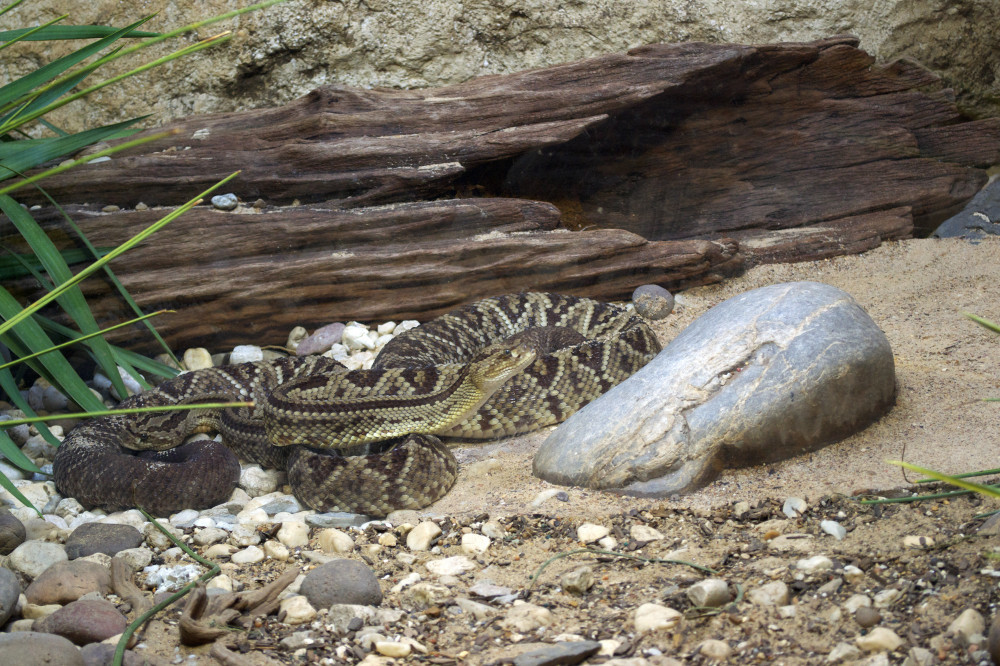
As an Amazon Associate, I earn from qualifying purchases.
Thank you for your support!
For extra protection and peace of mind, you may want to invest in a pair of snake protection gaiters before you head out on your hikes. With these gaiters, you will be totally protected from your knees all the way down to the tops of your feet from any kind of snakebite. Gaiters will also protect your legs from thick brush, thorns, and pesky insects. They are very lightweight and much more comfortable to wear than a heavy, bulky pair of snake protection boots. When you feel safe and comfortable enough to take them off, they are easy to remove, and even come with a convenient carrying case that will easily slip into your backpack. I will definitely be purchasing a set of these gaiters for my hikes throughout our 35 wooded acres of property!
GOD forbid, IF the worst should happen, and you do get bitten by a snake, following the steps below could very well save your life!
*Try your best to remain calm, and slowly walk away from the snake.
*Do Not Attempt to catch the snake! If you have a cell phone or camera, taking a picture of the snake will help rescuers identify the snake to properly treat you.
*Contact Emergency Personnel – 911. If you have no cell phone reception, and you are hiking with someone, send them for help. If you are hiking solo, use your satellite communication device to call for help.
*Find a safe place to sit down and rest while you wait for help to arrive. If you are alone and do not have a satellite communication device, walk slowly to seek help. Increased heart rate by walking fast will cause the snake venom to flow through your body faster.
*Keep the bitten area lower than your heart. Do Not Elevate the bitten area!!
*Remove any tight clothing or accessories such as rings, because the bitten area will swell.
*Wrap an elastic bandage around the bitten limb, starting at the point further from your heart, overlapping the wrap snugly, allowing a finger slide under the bandage so it does not cut off circulation.
*Do Not apply a tourniquet.
*Do Not suck out the venom.
*Do Not Use A Snakebite Kit! After much research, I have discovered that snakebite kits actually do much more harm than good. Basically, they waste precious time getting you to a hospital where you will be properly treated. Every second wasted allows the snake venom to course through your body, and can cause major tissue damage and even disability. The key fact to always remember is:
**TIME IS TISSUE**
I have included a page below, from an article by BGT Specialty Pharmaceuticals, on the dangers of snakebite kits.

In conclusion, please do not let the fear of encountering a snake while hiking deter you from getting outside in nature and enjoying all the trails calling to you! It is very rare to see a snake while hiking, and as far as getting bit by a snake goes, you are far more likely to be struck by lightening! Just be alert, keep your eyes on the trail ahead of you, try not to listen to music and listen instead for a snake you might not be able to see, step ON and tap on any logs or rocks in your path before stepping over them, stay on designated trails, and remember that snakes do not want an encounter with us any more than we want one with them. Stay alert, be prepared, be safe, and remember that this world is big enough for all of GOD’s creatures to have a place and enjoy being in nature!
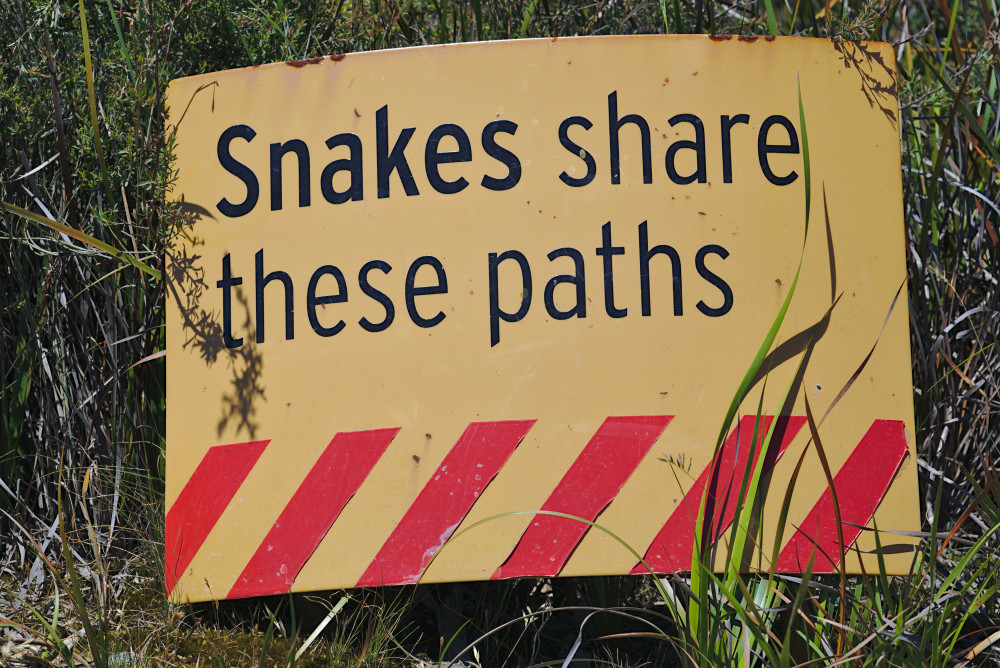
Photo 131584061 / Snake © Galexi | Dreamstime.com
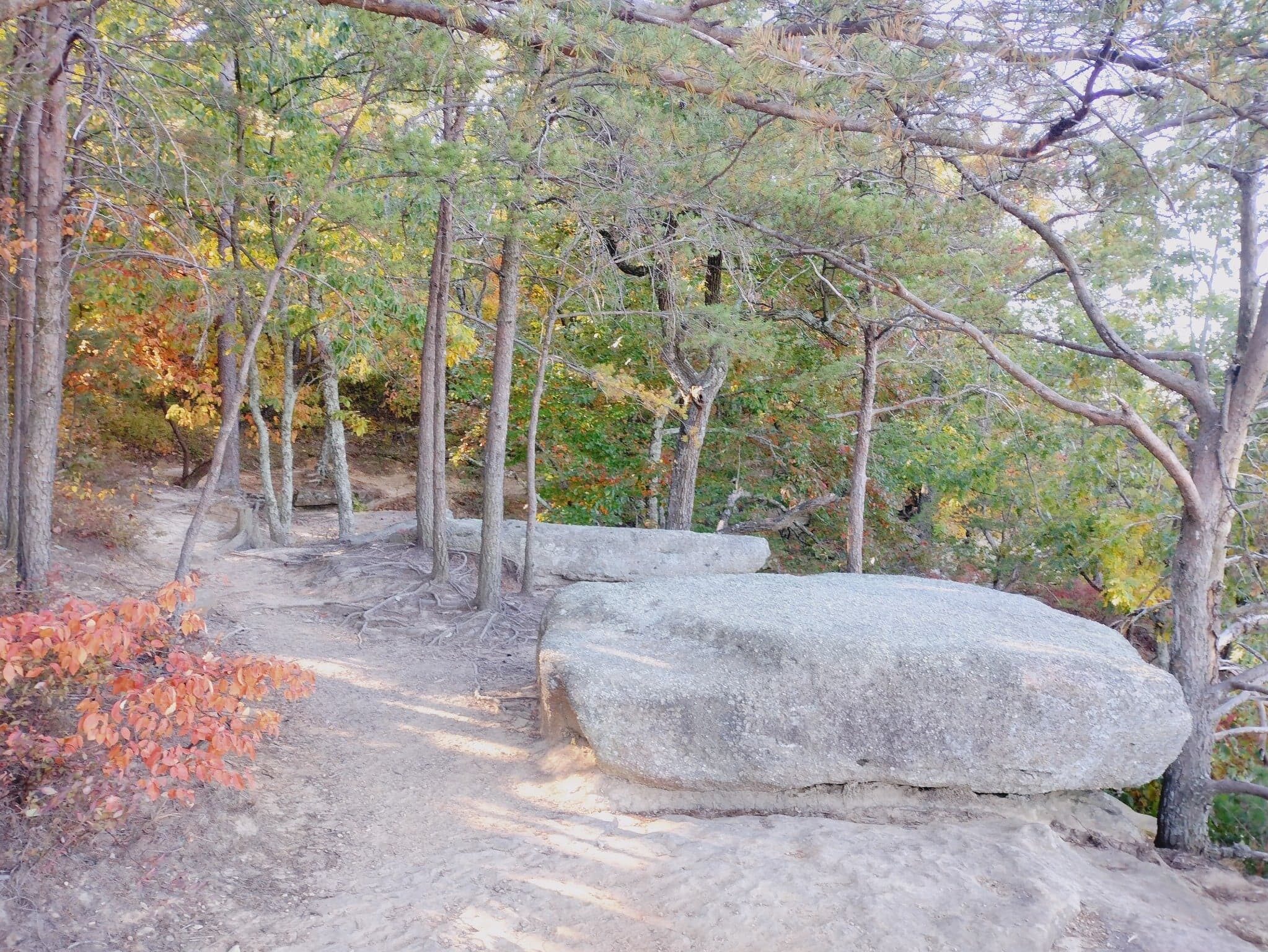
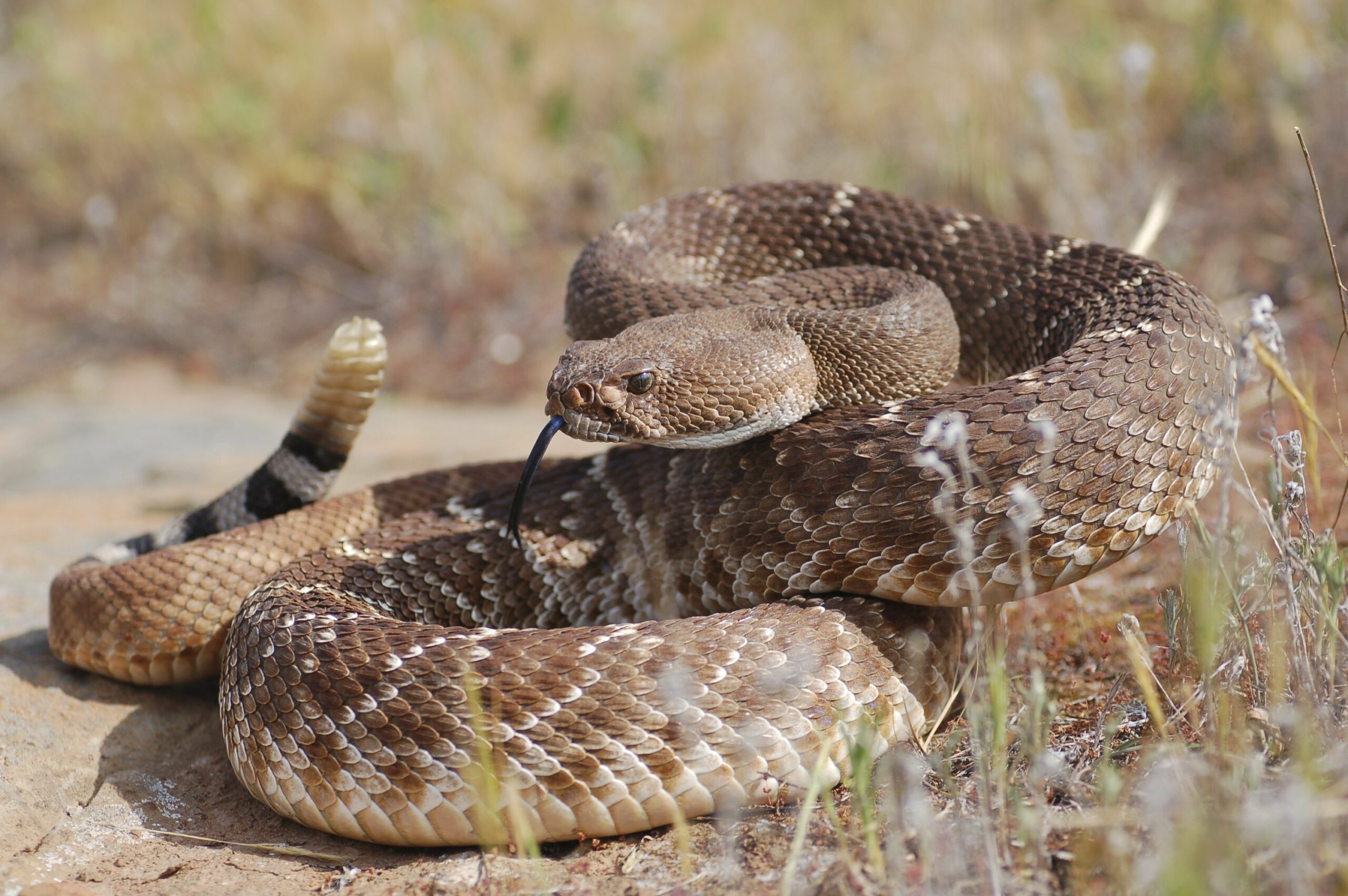
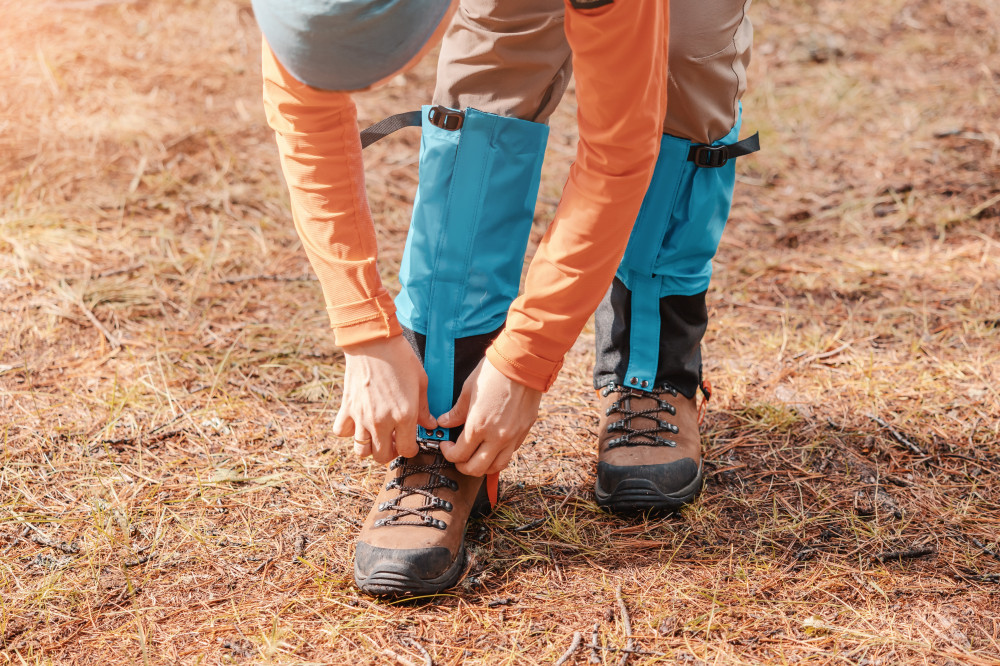
Like most people, I do not like snakes, but I respect them as God’s creatures. I also realize that a snake will not attack unless threatened or pushed into a corner. Some snakes are very colourful and beautiful looking creatures.
I never encountered a snake but watched nature shows about snakes and how they live. Snakes have a right to live and should be respected as any other animal.
Thank you for a very informative article
I have learned a lot I did not know before
Elke
Hi Ingrid!
Thank you very much for your comment, and it’s nice to know that you found some useful information in this article! I am glad to hear that you also respect and see the beauty in snakes, and agree that as one of GOD’s creatures, they have a right to live peacefully. I used to be totally petrified of snakes until a college professor held a class at our local library a few years ago. I learned that they are not out to get us, there are a lot more good ones than bad ones, and they serve a very useful purpose to us. I even held one, and they feel like silk!!! You are right – there are a lot of beautiful snakes!! I have come to respect them, and I won’t bother them if they don’t bother me!! Thanks again, and I hope you have a wonderful weekend!
Nettie
I am a beginner hiker and love being outdoors and on the trail. I have not encountered a snake on my hikes yet, and pray I never do. Although I recognize they don’t want anything to do with me, I’d rather not find out.
I appreciate the great info however on what to do in case I ever do encounter a snake.
Hi Michelle!
It’s awesome hearing from a fellow hiker and nature lover! I definitely agree with you – I am not overly fond of snakes either, and I would prefer to never have an encounter with one while hiking, but I have learned to understand and respect them a lot more. My motto is: I won’t bother you if you don’t bother me!! I am glad that my article gave you some useful info if you do happen to have a snake encounter – GOD Forbid!! We just can’t let the fear of maybe seeing a snake keep us away from hiking, camping, and just spending time in nature! I hope you have a wonderful weekend, keep on hiking, stay alert, and remember the pointers that could possibly save your life! Thanks again, and stay safe!!!
Nettie
The overall article was put together well and captivating. the topic was great for the hikers and other overnighters to give them the awareness that they may take for granted. The topic was well-rounded for someone reading it that never really thought above it. BTW maybe add info on snakebite kits as well. Otherwise, this was a great read and very informative.
Good Morning Curt!
Thank you very much for your comment. I am glad you found this article informative and thought provoking! I am not a fan of snakes, but I do respect them. Since it is about time for them to begin making their appearance, I want to help everyone stay safe and not let their fear of snakes keep them from enjoying the great outdoors.
As far as adding info about snakebite kits, I am going to take your suggestion and add this to my article – I really appreciate your suggestion! I previously did not include snakebite kits because they actually do more harm than good, and I was focusing on the things you should do. Thanks to your suggestion, I will add the reasons why NOT to use a snakebite kit! Have a wonderful weekend!!
Nettie
What a coincedince! I am just planning on a vacation to South Africa and it will be partly by a truck, but we will also be doing hikes. I was watching this video on a hike in a national park, where they warned about the African game, but no one was considering the snakes. That seems like a horrible thing to forget about, right?
So, thank you very much for these tips and I will surely apply them when I leave!
Hi Lizzy!
Thank you for your comment – I am glad that I gave you some helpful tips! WOW – What an awesome vacation you will be going on – I hope you have the time of your life!!! I must agree with you – you sure can’t forget about the snakes, especially the infamous King Cobra! I certainly hope you don’t run into ANY snakes, but if you do have an encounter with a King Cobra, be sure to stand as far away as possible, as they are famous for spitting! If one spits on someone’s skin, it can be washed off with no problem, but if it spits in someone’s eyes, it could possibly blind them. The eyes need to be flushed for 15 to 20 minutes, preferably with water, but with any type of liquid if no water is available. The cobra is like the rattlesnake in this way – they both give us a warning to stand back so they won’t have to strike. That is more than enough warning for me to stay way back!! I don’t want to scare you, but it is so much better to be prepared! :Like you said, just keep those tips to save your life in the back of your mind, be careful, stay alert, be prepared, and most important – HAVE AN ABSOLUTELY AWESOME VACATION!!!
Nettie